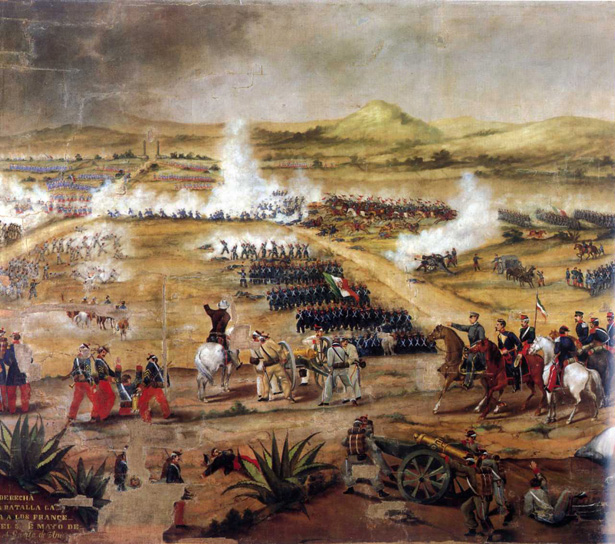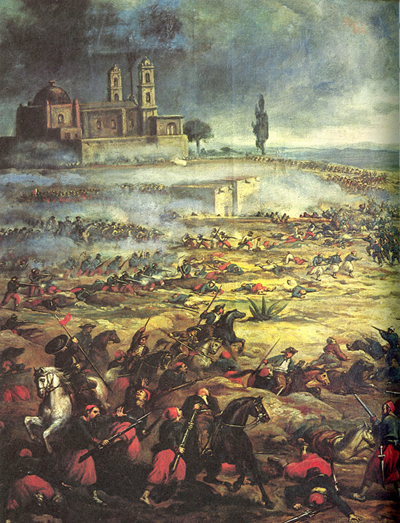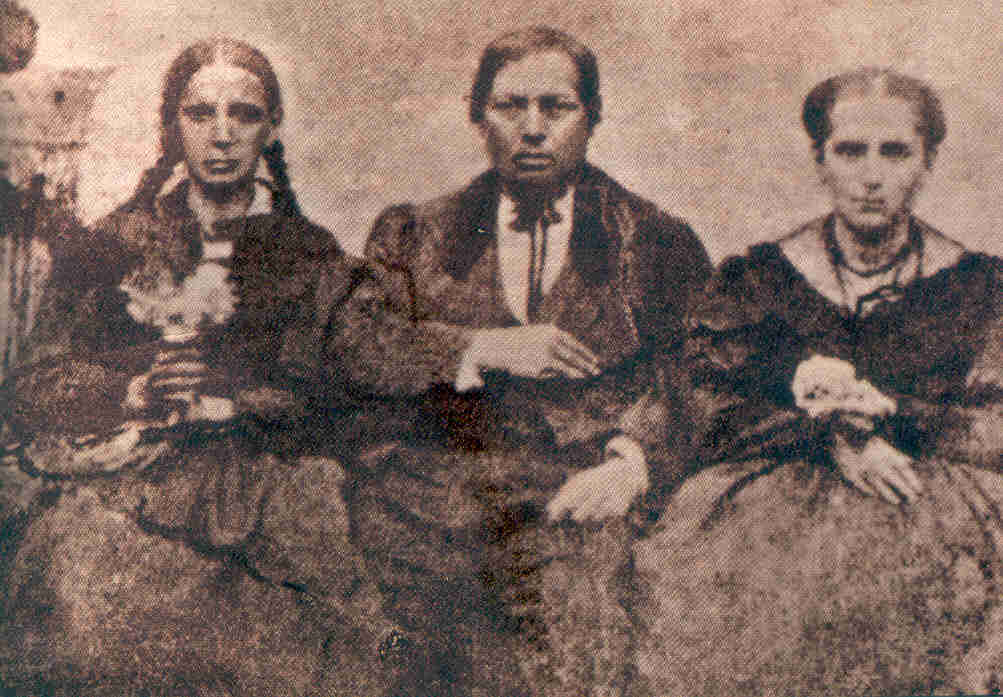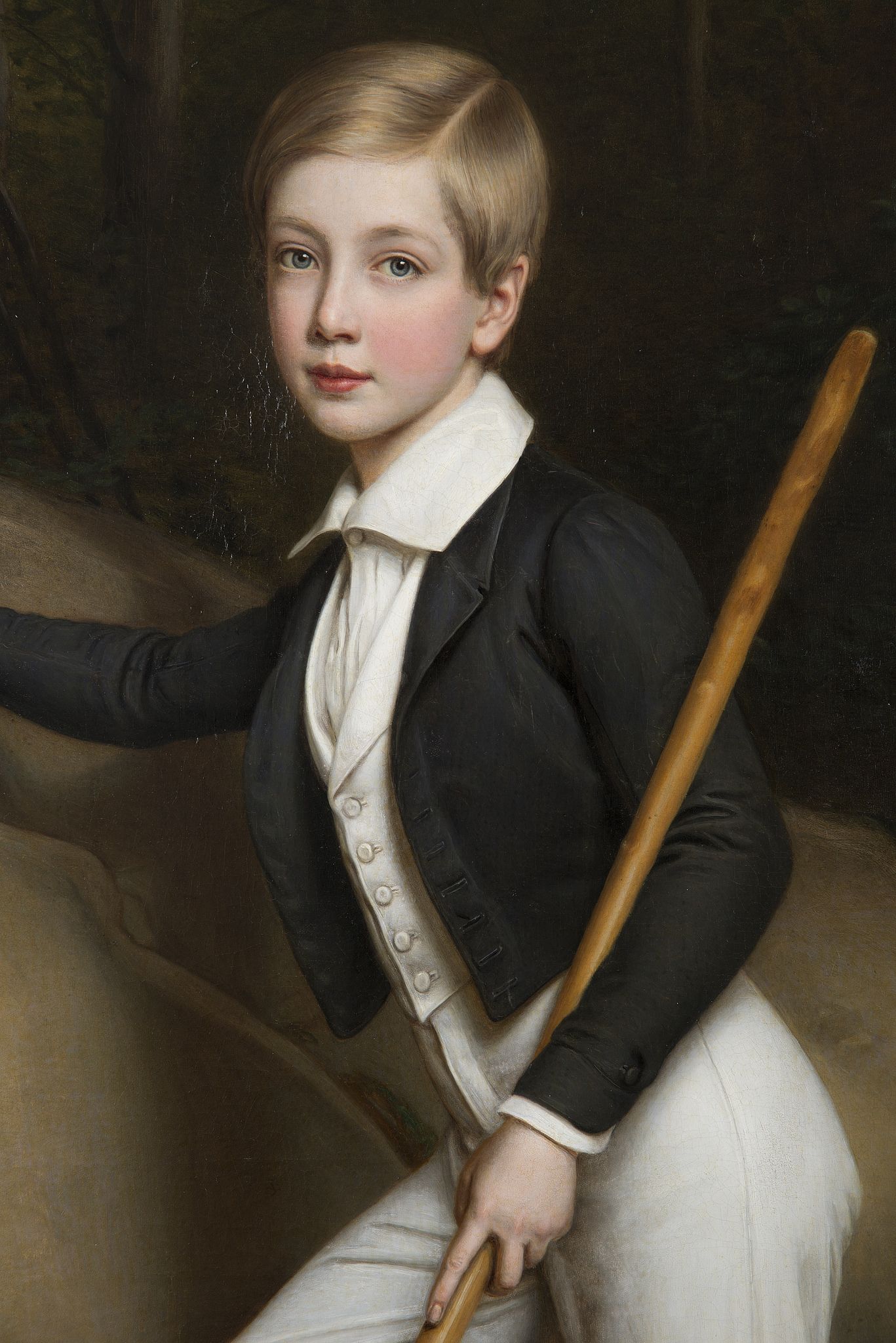|
France–Mexico Relations
The nations of France and Mexico established diplomatic relations in 1830. Initially, relations between both nations were unstable as a result of France's Pastry War, first and Second French intervention in Mexico, second interventions in Mexico. During World War II Mexico did not recognize Vichy France, instead it maintained diplomatic relations with the Free France, French government in exile in London. Diplomatic relations were restored between both nations at the end of the war in 1945 and have continued unabated since. Both nations are members of the G-20 major economies, Organisation for Economic Co-operation and Development and the United Nations. History 1821-1860 In 1821, soon after obtaining independence from the Spanish Empire, Emperor Agustín de Iturbide of Mexico sent his foreign minister to the court of King Louis XVIII of France to ask for recognition of the newly independent nation; however, King Louis XVIII refused to recognize Mexico because of its alliance w ... [...More Info...] [...Related Items...] OR: [Wikipedia] [Google] [Baidu] |
France
France (), officially the French Republic ( ), is a country primarily located in Western Europe. It also comprises of Overseas France, overseas regions and territories in the Americas and the Atlantic Ocean, Atlantic, Pacific Ocean, Pacific and Indian Oceans. Its Metropolitan France, metropolitan area extends from the Rhine to the Atlantic Ocean and from the Mediterranean Sea to the English Channel and the North Sea; overseas territories include French Guiana in South America, Saint Pierre and Miquelon in the North Atlantic, the French West Indies, and many islands in Oceania and the Indian Ocean. Due to its several coastal territories, France has the largest exclusive economic zone in the world. France borders Belgium, Luxembourg, Germany, Switzerland, Monaco, Italy, Andorra, and Spain in continental Europe, as well as the Kingdom of the Netherlands, Netherlands, Suriname, and Brazil in the Americas via its overseas territories in French Guiana and Saint Martin (island), ... [...More Info...] [...Related Items...] OR: [Wikipedia] [Google] [Baidu] |
House Of Bourbon
The House of Bourbon (, also ; ) is a European dynasty of French origin, a branch of the Capetian dynasty, the royal House of France. Bourbon kings first ruled France and Navarre in the 16th century. By the 18th century, members of the Spanish Bourbon dynasty held thrones in Spain, Naples, Sicily, and Parma. Spain and Luxembourg have monarchs of the House of Bourbon. The royal Bourbons originated in 1272, when the youngest son of King Louis IX married the heiress of the lordship of Bourbon. Anselme, Père. ‘'Histoire de la Maison Royale de France'’, tome 4. Editions du Palais-Royal, 1967, Paris. pp. 144–146, 151–153, 175, 178, 180, 185, 187–189, 191, 295–298, 318–319, 322–329. (French). The house continued for three centuries as a cadet branch, serving as nobles under the Direct Capetian and Valois kings. The senior line of the House of Bourbon became extinct in the male line in 1527 with the death of Charles III, Duke of Bourbon. This made the junior Bour ... [...More Info...] [...Related Items...] OR: [Wikipedia] [Google] [Baidu] |
French Foreign Legion
The French Foreign Legion (french: Légion étrangère) is a corps of the French Army which comprises several specialties: infantry, Armoured Cavalry Arm, cavalry, Military engineering, engineers, Airborne forces, airborne troops. It was created in 1831 to allow List of militaries that recruit foreigners, foreign nationals into the French Army. It formed part of the Army of Africa (France), Armée d’Afrique, the French Army's units associated with France's colonial project in Africa, until the end of the Algerian War, Algerian war in 1962. Legionnaires are highly trained soldiers and the Legion is unique in that it is open to foreign recruits willing to serve in the French Armed Forces. The Legion is today known as a unit whose training focuses on traditional military skills and on its strong Morale, esprit de corps, as its men and women come from different countries with different cultures. Consequently, training is often described as not only physically challenging, but also ... [...More Info...] [...Related Items...] OR: [Wikipedia] [Google] [Baidu] |
Battle Of Puebla
The Battle of Puebla ( es, Batalla de Puebla; french: Bataille de Puebla) took place on 5 May, Cinco de Mayo, 1862, near Puebla de Zaragoza during the Second French intervention in Mexico. French troops under the command of Charles de Lorencez repeatedly failed to storm the forts of Loreto and Guadalupe situated on top of the hills overlooking the city of Puebla, and eventually retreated to Orizaba in order to await reinforcements. Lorencez was dismissed from his command, and French troops under Élie Frédéric Forey would eventually take the city, but the Mexican victory at Puebla against a better equippedThe following sources are mentioning that Zaragoza was heading 12,000 troops : seThe Cinco de Mayo and French Imperialism– Hicks, Peter, Fondation Napoléon, and General Gustave Léon Niox book, ''Expédition du Mexique : 1861–1867'', published in 1874 by Librairie militaire de J. Dumaine, p. 16Read online/ref> force provided patriotic inspiration to the Mexicans. The ann ... [...More Info...] [...Related Items...] OR: [Wikipedia] [Google] [Baidu] |
Cinco De Mayo
Cinco de Mayo ( in Mexico, Spanish for "Fifth of May") is a yearly celebration held on May 5, which commemorates the anniversary of Mexico's victory over the Second French Empire at the Battle of Puebla in 1862, led by General Ignacio Zaragoza. The victory of a smaller, poorly equipped Mexican force against the larger and better-armed French army was a morale boost for the Mexicans. Zaragoza died months after the battle from an illness, and a larger French force ultimately defeated the Mexican army at a Second Battle of Puebla and occupied Mexico City. However this was not the end of the war and when the American civil war ended the Union started loaning money and guns to Mexican liberals, pushing France and Mexican Conservatives to the edge of defeat. At the opening of the French chambers in January 1866, Napoleon III announced that he would withdraw French troops from Mexico. In reply to a French request for American neutrality, the American secretary of state William H. Sewa ... [...More Info...] [...Related Items...] OR: [Wikipedia] [Google] [Baidu] |
Second Mexican Empire
The Second Mexican Empire (), officially the Mexican Empire (), was a constitutional monarchy established in Mexico by Mexican monarchists in conjunction with the Second French Empire. The period is sometimes referred to as the Second French intervention in Mexico. Emperor Napoleon III of France, with the support of the Mexican conservatives, clergy, and nobility, established a monarchist ally in the Americas intended as a restraint upon the growing power of the United States. It has been viewed as both an independent Mexican monarchy and as a client state of France. Elected as the emperor of Mexico was Austrian Archduke Ferdinand Maximilian, of the House of Habsburg-Lorraine, chosen due to his ancestral link to prior rulers of Mexico. His wife and empress consort of Mexico was the Belgian princess Charlotte of the House of Saxe-Coburg and Gotha, known as ‘Carlota’. Mexican conservatives, including many in the Mexican nobility, had played a role in instigating the re-bir ... [...More Info...] [...Related Items...] OR: [Wikipedia] [Google] [Baidu] |
William Tecumseh Sherman
William Tecumseh Sherman ( ; February 8, 1820February 14, 1891) was an American soldier, businessman, educator, and author. He served as a general in the Union Army during the American Civil War (1861–1865), achieving recognition for his command of military strategy as well as criticism for the harshness of the scorched-earth policies that he implemented against the Confederate States. British military theorist and historian B. H. Liddell Hart declared that Sherman was "the first modern general". Born in Ohio into a politically prominent family, Sherman graduated in 1840 from the United States Military Academy at West Point. He interrupted his military career in 1853 to pursue private business ventures, without much success. In 1859, he became superintendent of the Louisiana State Seminary of Learning & Military Academy (now Louisiana State University), a position from which he resigned when Louisiana seceded from the Union. Sherman commanded a brigade of volunteers at ... [...More Info...] [...Related Items...] OR: [Wikipedia] [Google] [Baidu] |
Union (American Civil War)
During the American Civil War, the Union, also known as the North, referred to the United States led by President Abraham Lincoln. It was opposed by the secessionist Confederate States of America (CSA), informally called "the Confederacy" or "the South". The Union is named after its declared goal of preserving the United States as a constitutional union. "Union" is used in the U.S. Constitution to refer to the founding formation of the people, and to the states in union. In the context of the Civil War, it has also often been used as a synonym for "the northern states loyal to the United States government;" in this meaning, the Union consisted of 20 free states and five border states. The Union Army was a new formation comprising mostly state units, together with units from the regular U.S. Army. The border states were essential as a supply base for the Union invasion of the Confederacy, and Lincoln realized he could not win the war without control of them, especially Maryla ... [...More Info...] [...Related Items...] OR: [Wikipedia] [Google] [Baidu] |
Benito Juárez
Benito Pablo Juárez García (; 21 March 1806 – 18 July 1872) was a Liberalism in Mexico, Mexican liberal politician and lawyer who served as the 26th president of Mexico from 1858 until his death in office in 1872. As a Zapotec peoples, Zapotec, he was the first Indigenous peoples of Mexico, indigenous president of Mexico and the first indigenous head of state in the postcolonial Americas. Born in Oaxaca to a poor rural family and orphaned as a child, Juárez was looked after by his uncle and eventually moved to Oaxaca City at the age of 12, working as a domestic servant. Aided by a lay Franciscan, he enrolled in a seminary and studied law at the Benito Juárez Autonomous University of Oaxaca, Institute of Sciences and Arts, where he became active in liberal politics. After his appointment as a judge, he married Margarita Maza, a woman of European ancestry from a socially distinguished family in Oaxaca City, and rose to national prominence after the ouster of Antonio López d ... [...More Info...] [...Related Items...] OR: [Wikipedia] [Google] [Baidu] |
House Of Habsburg
The House of Habsburg (), alternatively spelled Hapsburg in Englishgerman: Haus Habsburg, ; es, Casa de Habsburgo; hu, Habsburg család, it, Casa di Asburgo, nl, Huis van Habsburg, pl, dom Habsburgów, pt, Casa de Habsburgo, la, Domus Habsburg, french: Maison des Habsbourg and also known as the House of Austriagerman: link=no, Haus Österreich, ; es, link=no, Casa de Austria; nl, Huis van Oostenrijk, pl, dom Austrii, la, Domus Austriæ, french: Maison d'Autriche; hu, Ausztria Háza; it, Casa d'Austria; pt, Casa da Áustria is one of the most prominent and important dynasties in European history. The house takes its name from Habsburg Castle, a fortress built in the 1020s in present-day Switzerland by Radbot of Klettgau, who named his fortress Habsburg. His grandson Otto II was the first to take the fortress name as his own, adding "Count of Habsburg" to his title. In 1273, Count Radbot's seventh-generation descendant Rudolph of Habsburg was elected King of the ... [...More Info...] [...Related Items...] OR: [Wikipedia] [Google] [Baidu] |
Maximilian I Of Mexico
Maximilian I (german: Ferdinand Maximilian Josef Maria von Habsburg-Lothringen, link=no, es, Fernando Maximiliano José María de Habsburgo-Lorena, link=no; 6 July 1832 – 19 June 1867) was an Austrian archduke who reigned as the only Emperor of the Second Mexican Empire from 10 April 1864 until his execution on 19 June 1867. A member of the House of Habsburg-Lorraine, Maximilian was the younger brother of Emperor Franz Joseph I of Austria. He had a distinguished career as the Austrian viceroy of Lombardy–Venetia and the commander-in-chief of the Imperial Austrian Navy. His involvement in Mexico came about after France, together with Spain and the United Kingdom, had occupied the port of Veracruz in the winter of 1861 to pressure the Mexican government into settling its debts with the three powers after Mexico had announced a suspension on debt repayment earlier in the year; the Spanish and British both withdrew the following year after negotiating agreements with the Mex ... [...More Info...] [...Related Items...] OR: [Wikipedia] [Google] [Baidu] |







